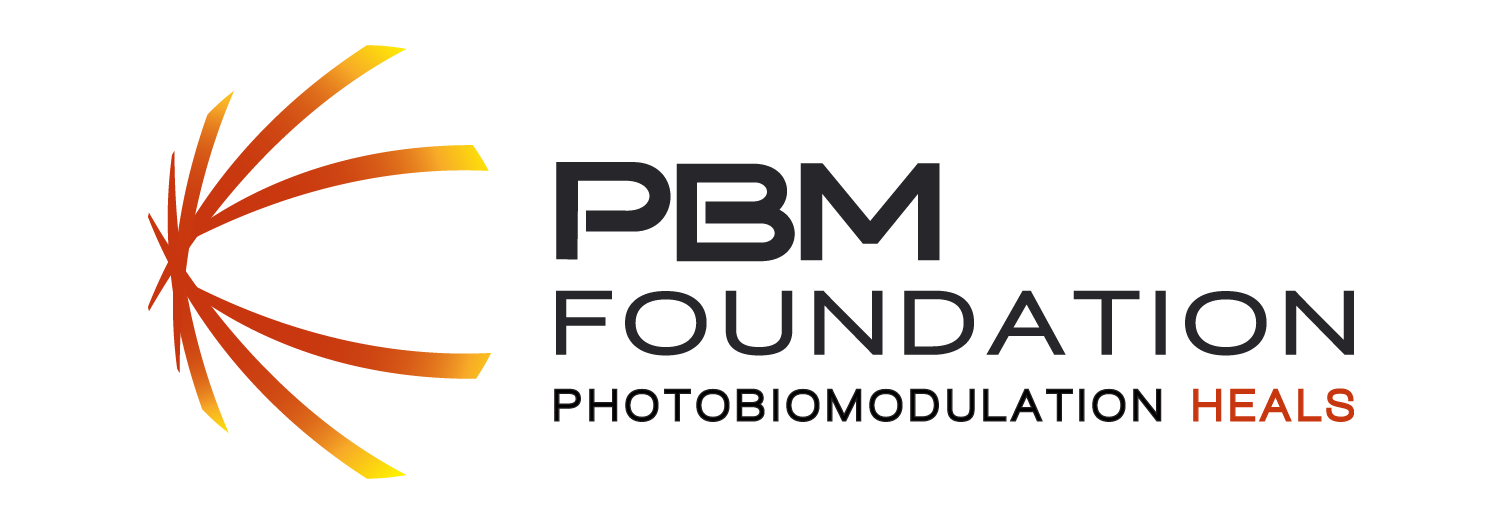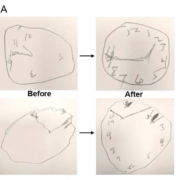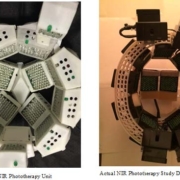Photobiomodulation therapy (PBMT) is a rapidly growing approach to the healing, stimulation, protection, and regeneration of many human organs and tissue types. PBMT started in the 1960s as low-level laser therapy for wound healing, but since then the introduction of light-emitting diodes (LEDs) has dramatically increased the number of applications and reports of positive results. PBMT generally uses red (620–700 nm) and/or near-infrared (780–1270 nm) wavelengths of light at an intensity that causes no tissue heating, and its activity is based on well-established biological and cellular mechanisms (de Freitas and Hamblin, 2016). While laser therapists continue to use various types of laser in their office practice, LEDs are ideally suited for home use devices because they are completely safe and without any known significant adverse effects. Among the various body parts on which PBMT has been shown to exert beneficial effects, the brain stands out as perhaps the most promising overall. PBMT has been shown to reduce neuroinflammation, while increasing mitochondrial function, oxygen consumption, and blood flow within the brain (Hamblin, 2016). Moreover, PBMT can stimulate the processes of synaptogenesis, neurogenesis, and neuroplasticity thus helping the brain to heal itself. PBMT has neuroprotective activity and can prevent brain damage in the acute phase after traumatic brain injury or stroke, because it inhibits apoptosis and upregulates the expression of anti-apoptotic proteins, as well as improving brain metabolism and oxygenation. In the chronic phase, PBMT can improve memory, cognitive function, mood, and sleep quality. In degenerative brain disorders (dementia, Alzheimer’s disease, and Parkinson’s disease), PBMT can improve motor, cognitive and social functioning (at least for some time). In a range of psychiatric disorders (depression, anxiety, autism spectrum disorder, and opioid addiction), PBMT can lead to significant improvements (Salehpour et al., 2018). This perspective will outline the mechanisms of action of PBMT on cells and tissues, and summarize the wide range of current applications to the brain, while proposing some new directions in psychiatry.
Read more on journals.lww.com or download the PDF



